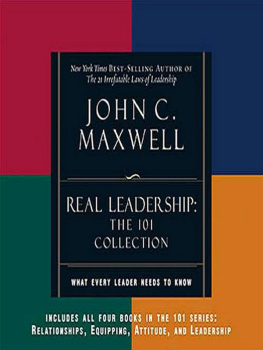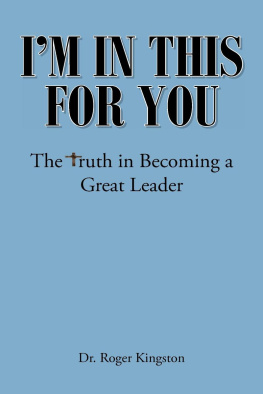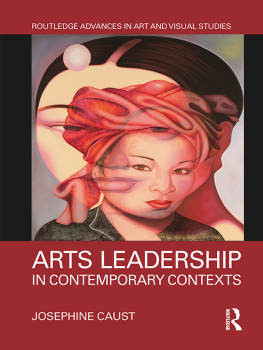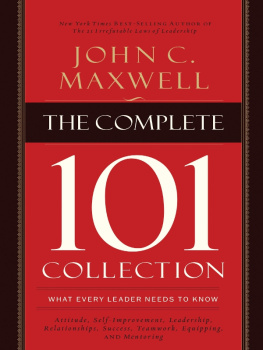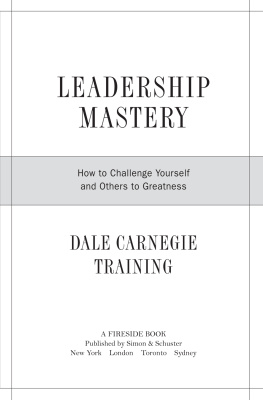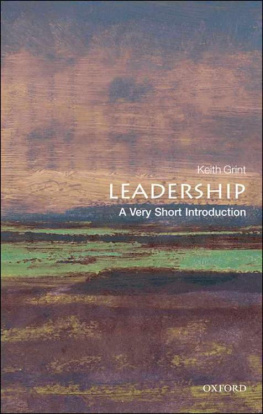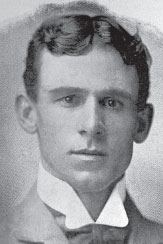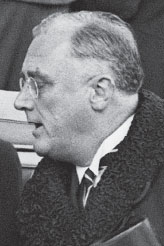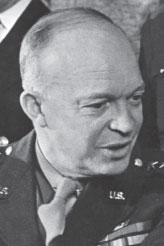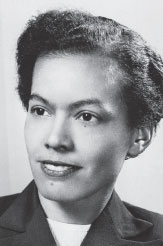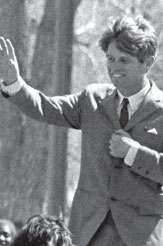PROFILES in LEADERSHIP
Historians on the Elusive Quality of Greatness
EDITED BY Walter Isaacson
W. W. NORTON & COMPANY
NEW YORK LONDON
Chapter openers with permission by: George Washington : The Metropolitan Museum of Art/Art Resource, NY. Charles Finney : Allen Memorial Art Museum, Oberlin College, Ohio; Gift of Lewis Tappan to Oberlin College, 1858. President Ulysses S. Grant and the Battle for Equality, Chief Joseph and the Challenge of Indian Leadership : Courtesy of the Library of Congress. J. Pierpont Morgan : Schenectady Museum; Hall of Electrical History Foundation/Corbis. When Presidents Become Weak : A 1979 Herblock Cartoon, copyright by The Herb Block Foundation . The Phenomenon: W. E. B. Dubois : MPI/Hulton Archive/Getty Images. Mr. McGraw : National Baseball Hall of Fame Library, Cooperstown, N.Y. Hoover and Roosevelt, The Qualities of Leadership, The Implausible Wendell Willkie, Robert Kennedy : Bettmann/Corbis. Am I A Screwball, or Am I A Pioneer? : The Schlesinger Library, Radcliffe Institute, Harvard University.
Copyright 2010 by W. W. Norton & Company, Inc.
Introduction copyright 2010 by Walter Isaacson
George Washington: The General copyright 2010 by Thomas Fleming
Charles Finney: Prophet of Social Reform copyright 2010 by Frances FitzGerald
President Ulysses S. Grant and the Battle for Equality copyright 2010 by Sean Wilentz
J. Pierpont Morgan: He Knew He Was Right copyright 2010 by Jean Strouse
Chief Joseph and the Challenge of Indian Leadership copyright 2010 by Elliott West
When Presidents Become Weak copyright 2010 by Robert Dallek
The Phenomenon: W. E. B. DuBois copyright 2010 by Annette Gordon-Reed
Mr. McGraw copyright 2010 by Kevin Baker
Hoover and Roosevelt: Two Approaches to Leadership copyright 2010 by Alan Brinkley
The Qualities of Leadership: Dwight D. Eisenhower as Warrior and President copyright 2010 by David M. Kennedy
The Implausible Wendell Willkie: Leadership Ahead of Its Time copyright 2010 by David Levering Lewis
Am I a Screw Ball or Am I a Pioneer?: Pauli Murrays Civil Rights Movement copyright 2010 by Glenda Gilmore
Robert Kennedy: The Empathetic Leader copyright 2010 by Evan Thomas
All rights reserved
For information about permission to reproduce selections from this book, write to Permissions, W. W. Norton & Company, Inc., 500 Fifth Avenue, New York, NY 10110
Library of Congress Cataloging-in-Publication Data
Profiles in leadership: historians on the elusive quality of greatness / edited by Walter Isaacson.1st ed.
p. cm.
Includes bibliographical references.
ISBN: 978-0-393-08053-7
1. LeadershipUnited StatesCase studies. 2. Political leadershipUnited StatesCase studies. 3. Political activistsUnited StatesCase studies. 4. Social reformersUnited StatesCase studies. 5. BusinessmenUnited StatesCase studies. I. Isaacson, Walter.
E176.P95 2010
324.2'2dc22
2010021459
W. W. Norton & Company, Inc.
500 Fifth Avenue, New York, N.Y. 10110
www.wwnorton.com
W. W. Norton & Company Ltd.
Castle House, 75/76 Wells Street, London W1T 3QT
In memory of Arthur M. Schlesinger, Jr.
INTRODUCTION
Walter Isaacson
T HERE IS NO ONE RECIPE FOR GREAT LEADERSHIP. SOMETIMES THE men and women who emerge as leaders are the ones who are the most firmly wedded to their vision and principles. At other times it is the more flexible and practical who thrive. Even traits that might seem to be obvious assets to leadership are sometimes not as important as we assume. Take, for example, intelligence. Often the connection between it and successful leadership seems shaky at best; there are even times when it seems like an inverse correlation. Our most influential presidentsGeorge Washington, Franklin Roosevelt, Ronald Reaganwere not necessarily our smartest ones, but rather the wisest at the tricky art of balancing pragmatism and principle.
That is one reason why crucial moments often call for a mix of leadership skills. That was true of Americas birth. Each of Americas founders displayed different yet complementary traits. George Washington possessed unassailable rectitude and stature. John Adams and his cousin Samuel showed great passion and fealty to principle. Thomas Jefferson and his protg James Madison displayed elegant creative intelligence. Benjamin Franklin was inventive and pragmatic to the core and had a wry wit that warmed rather than wounded those around him. But most important in those tumultuous years, Franklin was sage enough to bring passionate people together, to lead them by listening to them.
Likewise, the history of a nation is probably best served by a mix of leadership styles over the years, sometimes creating a pattern of reactions and then counterreactions to what went before. There seems to be something charmed about Americas political cycles that, along with an element of luck, serves up the people who are the right antidote or complement to the leaders who preceded them. The devious and darkly suspicious style of Richard Nixon, aided by the manipulative genius of Henry Kissinger, was suited to creating a triangular balance of power and dtente with China and Russia. But Nixons devious excesses at home and amoral realism abroad were countered by the fortuitous emergence of Gerald Ford and the election of Jimmy Carter, each of whom had a more solid moral grounding.
One of the themes of the essays in this book is that the greatest challenge of leadership is to know when to be flexible and pragmatic, on the one hand, and when it is, instead, a moment to stand firm on principle and clarity of vision. Even the best leaders get this wrong sometimes. I learned this when writing a biography of Franklin. His instinct was to try to balance the conflicting values that were at issue during moments of tough debate and to find common ground. At the Constitutional Convention he was, at eighty-one, the elder statesman. During that hot summer of 1787 the rivalry between the big and little states almost tore the convention apart over whether the legislative branch should be proportioned by population or with equal votes per state. Finally, Franklin rose to make a motion on behalf of a compromise that would have a House proportioned by population and a Senate with equal votes per state. When a broad table is to be made, and the edges of planks do not fit, the artist takes a little from both, and makes a good joint, he said. In like manner here, both sides must part with some of their demands. His point was crucial for understanding the art of true political leadership: Compromisers may not make great heroes, but they do make great democracies.









